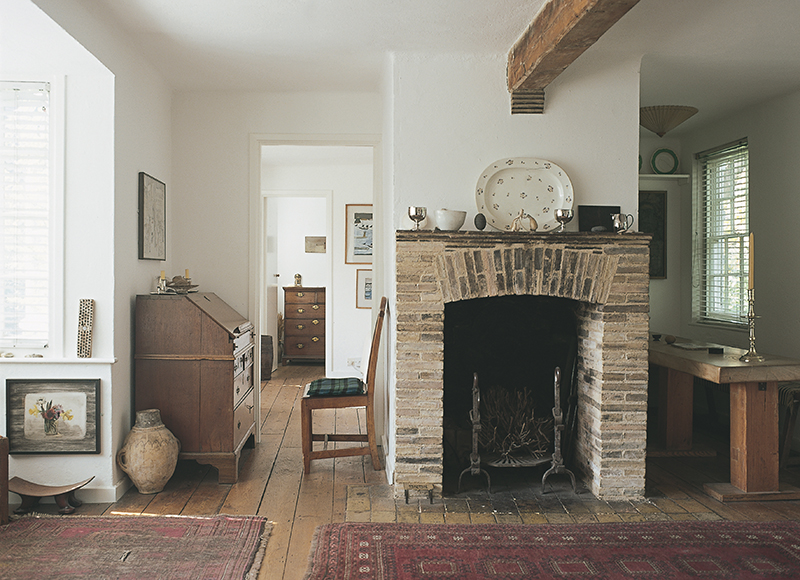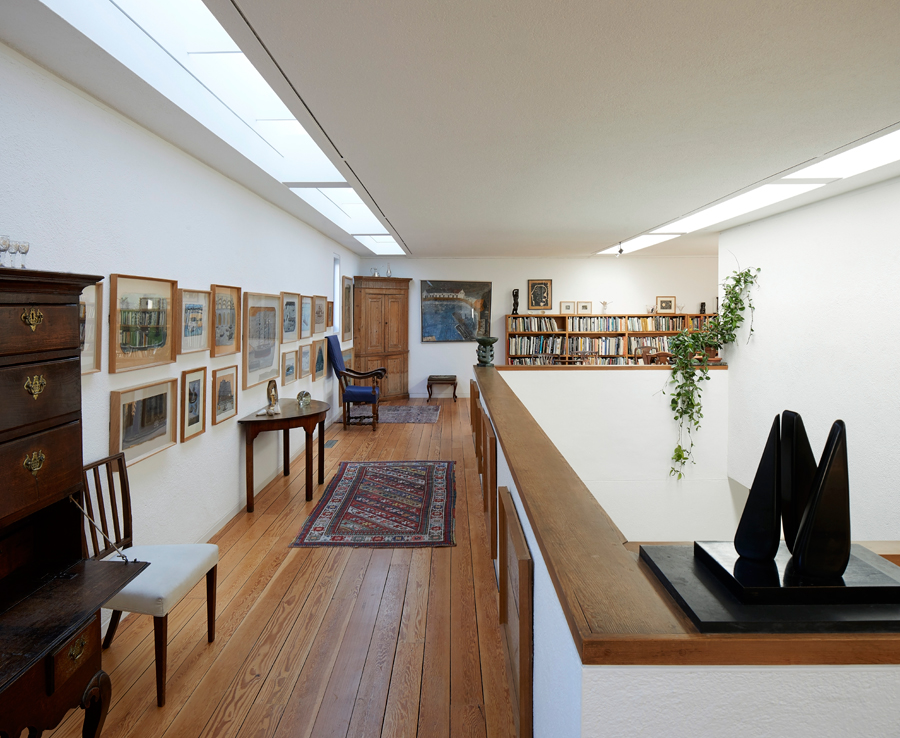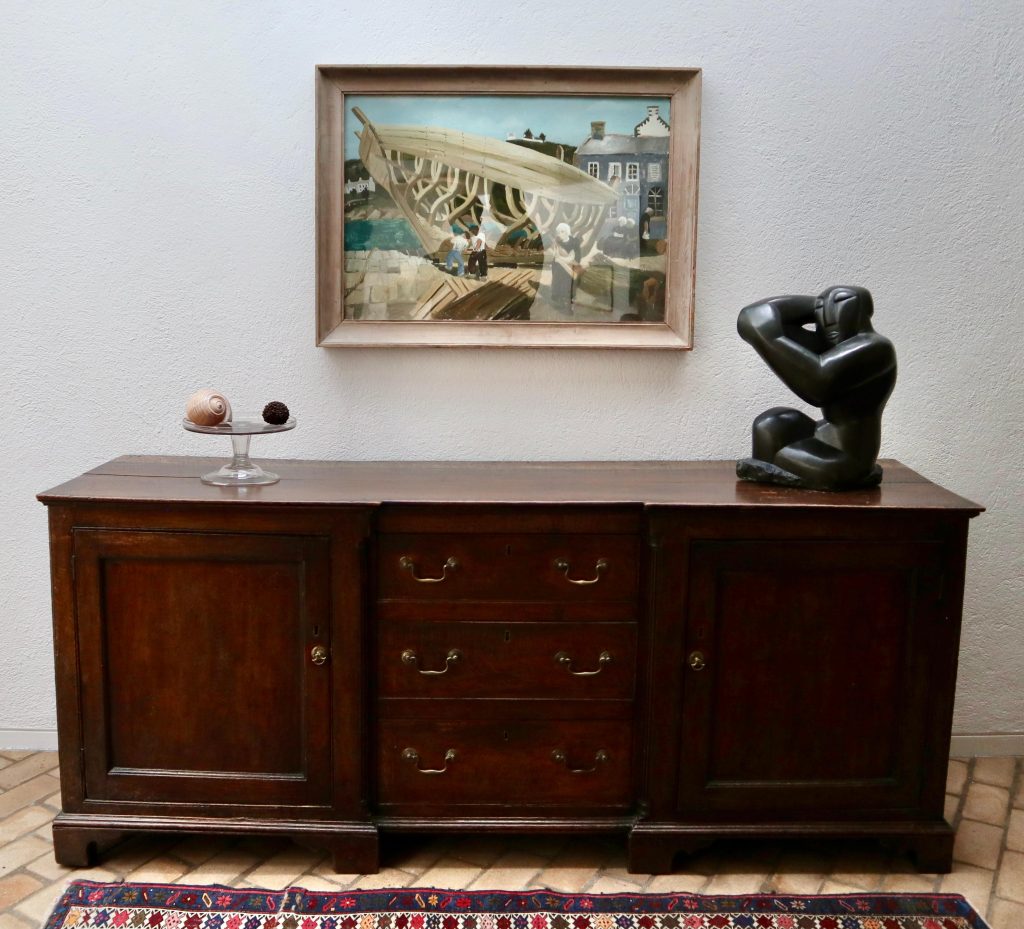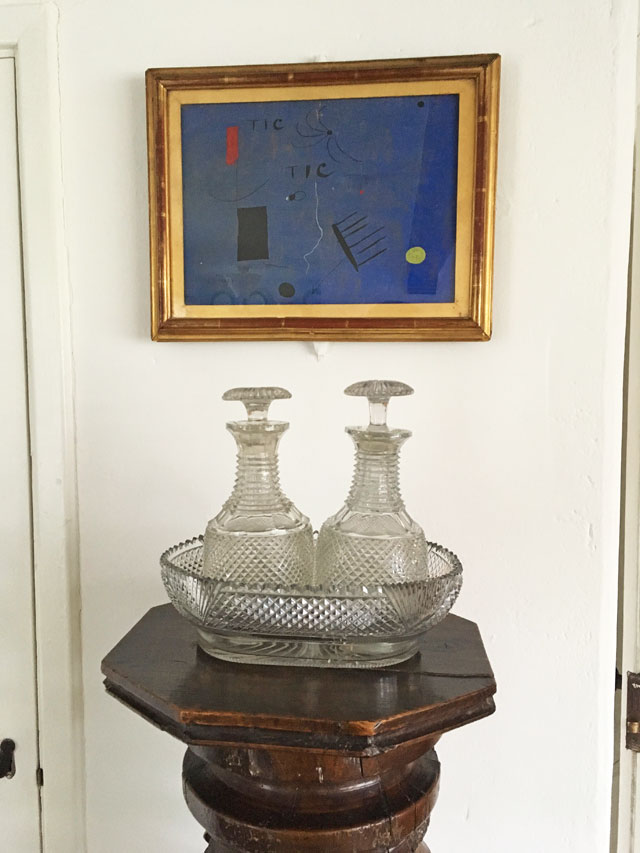
What does it mean for British Culture when Kettle’s Yard start to charge for the viewing of the house? A large amount of the population don’t go to art galleries. They think it will be boring or the spaces too austere. For many members of the public it is hard to see art in situ of a home, and Jim Ede’s home has been a place where many people started to become curious of art. But now Kettle’s Yard are charging for the public to view the house. £10.50 (£12 with a donation). It might not be a lot to some of you, but it will ban many people who are facing enough economic hardship.

They say the Gallery hasn’t recovered since Covid 19, however, the problem of Kettle’s Yard is the distance between the house and the gallery. The gallery has been hosting, what I would say were uninteresting and pretentious exhibitions that have failed to capture the public’s attention. The current show of Lucie Rie that is touring around UK venues is rare because it is extremely popular, but the curators of the gallery can’t see that the public and art fans want exhibitions like this – shows that reflect the collection of the House and the values of Jim Ede. What has happened is the house and the exhibition centre have been moving drastically in opposite directions, it feels more like Kettle’s Yard is being used as a trampoline to get the current curators jobs at more radical and lucrative galleries for their careers.
For a while now the Kettle’s Yard team have been messing with the house, subtle things like putting works of art in parts of the property that have been in their exhibitions in order to validate the works. These are not works Ede collected, but by doing this it feels they are trying to make it look like they are given Ede’s stamp of approval.
But this isn’t what Ede wanted. When he left Kettle’s Yard to Cambridge University, Ede was horrified to find the curator Jeremy Lewison had started to move works around in the house, to the point Ede left written instructions of how the house was to be treated after he had left.
Ede maintained an ‘open house’ each afternoon from 2pm to 4pm, giving any visitors, particularly students, a personal tour of his collection. He enjoyed peoples reactions to his works of art and he didn’t charge them. I would imagine he would be disgusted by the idea of making people pay for the privilege of looking at his home. He didn’t see it as a space that would be monetised like a static National Trust house, he thought of it as a home, with art in.
Kettle’s Yard is now to be another place lost to people who were curious of art but were delighted and inspired by the setting of a beautiful home.
While the house is open free to people under 25 years, the link of the property being owned by Cambridge University can only suggest this is really to give the majority of their students free access to the house, more than it is to help young minds. But the questions stand: should it be free? Do you think people will miss out on the space because of the charge? Do you think this will have wider repercussions for the state of Arts in Britain?
The legacy of the curator is that one of the most accessible art institutions in the country is now another money making venture. Slow hand clap.



